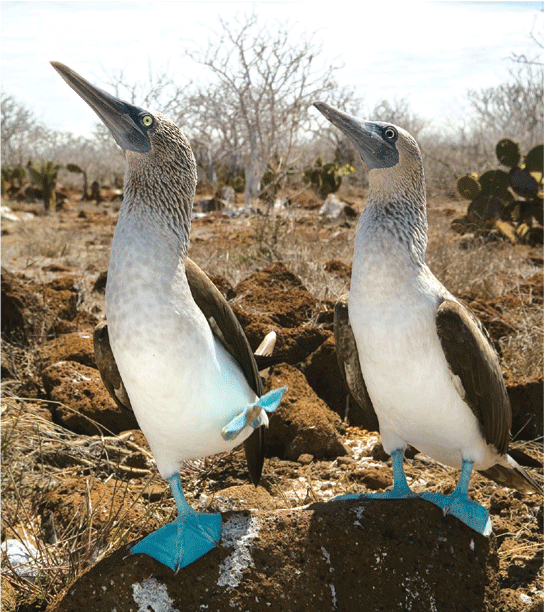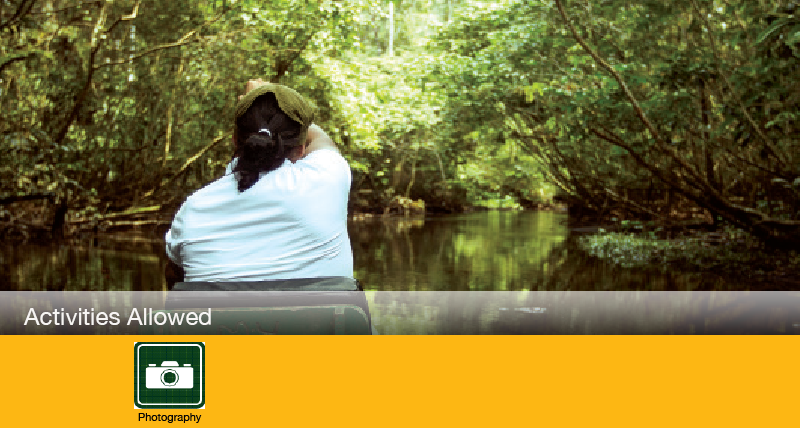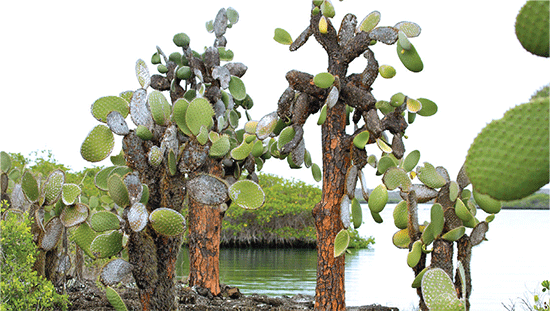
Descripción
Geografía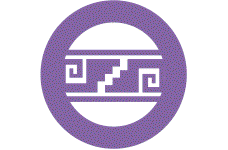
Aspectos
culturales
Biodiversidad
Actividades
permitidas
Facilidades
existentes
Recomendaciones
y documentos
¿Cómo llegar?
There are places in the world that because of their isolation and lack of access have remained off the radar. However, they become better understood as people explore and more studies are carried out, and sometimes we uncover amazing things. This is the case in the Cordillera del Condor: a large mountain range more than 160 kilometers long, located in the southeast of the country, between the provinces of Morona Santiago and Zamora Chinchipe.
This mountain range protects Amazon cloud forests and alpine tundra, and is a closely kept secret. In recent years, the Cordillera del Condor has piqued the interest of the world as a place of special significance for science and conservation, and for the most partl remains unchanged and little explored. In order to protect these forests, the Ecuadorian government created four reserves along the mountain range; each responsible for protecting and preserving a ecosystems at varying altitudes. There are also three biological reserves: El Condor, El Quimi and El Cerro Plateado, and Wildlife Refuge: El Zarza. The four areas together protect over 41,000 hectares of one of the least known areas of Ecuador.
Conforma la Reserva de Biósfera Podocarpus – El Cóndor (Declarada por la UNESCO en 2007)
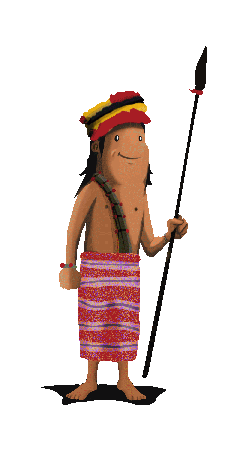
For information on B.R. Condor and B.R. El Quimi: Provincial Direction of Environment Morona Santiago. (07) 278-0385 For information on the Wildlife reserve EL Zarza and B.R. Cerro Plateado :Provincial Directorate of Environment Zamora Chinchipe. (07) 260-5315

The top of the Cordillera del Condor is comprised of sandostone and limestone straight-edged plateaux that fall steeply down to the forests surrounding them, much like the tepuis (tabletop mesas) in the Guiana Shield in Venezuela and Guyana.
At about 1,300 meters, these plains are covered with a unique cloud forest ecosystem, with small and moss-covered trees. A thick layer of leaves, branches and other debris cover the forest floor.

These areas do not have any visitor infrastructure due to the distance to populated areas and the difficulty of access. Any scientific/research survey or visit must be requested and coordinated with the Ministry of Environment.
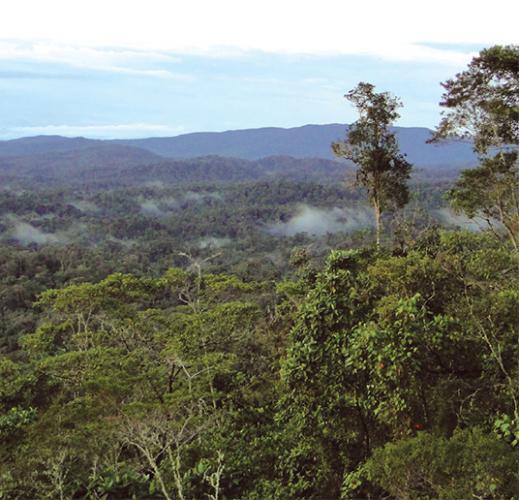
The protected area of the Cordillera del Condor is remarkable from a historical point of view. The ridge was the scene of the last military conflict between Ecuador and Peru in 1995, culminating in the peace agreement between the two countries in 1999. One of the commitments of the agreement was the creation of two 'Peace Parks' on both sides of the border. In Peru, you'll find Ichigkat Muja National Park, a continuous area of 152,873 ha that protects the Cordillera of the Peruvian side. In Ecuador, four areas covering just over 41,000 has been created. Rivers that flow down these mountain hillsides are those that feed the major rivers of the southern Ecuadorian Amazon: Zamora, Santiago and Namangoza. The area is extremely humid as a result of condensation of moisture rising off the Amazon forests that surrounding the low mountain range.
In the area of influence of these reserves there are several Shuar centers. Located on the lower slopes of the mountains are the towns of Gualaquiza, Santiago, El Pangui, Yanzatza and Paquisha, from where you can easily walk up into the mountains.
In 2009 Silver Hill Biological Reserve, the protected southernmost section of the range, joined Biosphere Reserve dela Podocarpus-El Condor with Podocarpus National Parks and Yacuri.

The few studies carried out to date reveal an impressive levels of biodiversity. Its geographic position enables a mixture of Amazonian and Andean species to grow, but thereare also an incredible number of endemic species. The sandstone mountains are very different to those that form the Andes. Therefore, soil types are different and a peculiar 'dwarf' forest and dry scrub occur. According to botanical studies, the mountain range could have richer flora diversity than any other area of similar size, with 2,030 species recorded so far of an estimated 4,000. In terms of birdlife, it equals the huge Yasuní, with 613 species. In the last five years we have discovered several new species, including 65 orchids, a marsupial shrew and one of the few carnivorous plants of Ecuador. The vegetation is different in the valleys of the upper reaches. The valleys, where their valleys are covered in large trees such as red or guarea and pambil, and tree ferns. In the higher areas, there are trees like the mountain avocado, cinnamon, rosemary and a huge amount of epiphytes such as bromeliads and orchids. In the Reserva Biológica Cerro Plateado, south of the mountains, there are even small islands of wilderness in the middle of Amazon forest. The fauna in the lower parts, especially in Reserva Biológica Cerro Plateado is typically Amazonian: you'll find the spider monkey, jaguar, tapir, puma; in the rivers you might spot the nimble and elusive little otter. In the highlands, by contrast there are spectacled bears, night monkeys and an endemic marsupial mouse. The list of amphibians and birds is extensive. There are various amphibian species that are endemic or unique to the local region.
